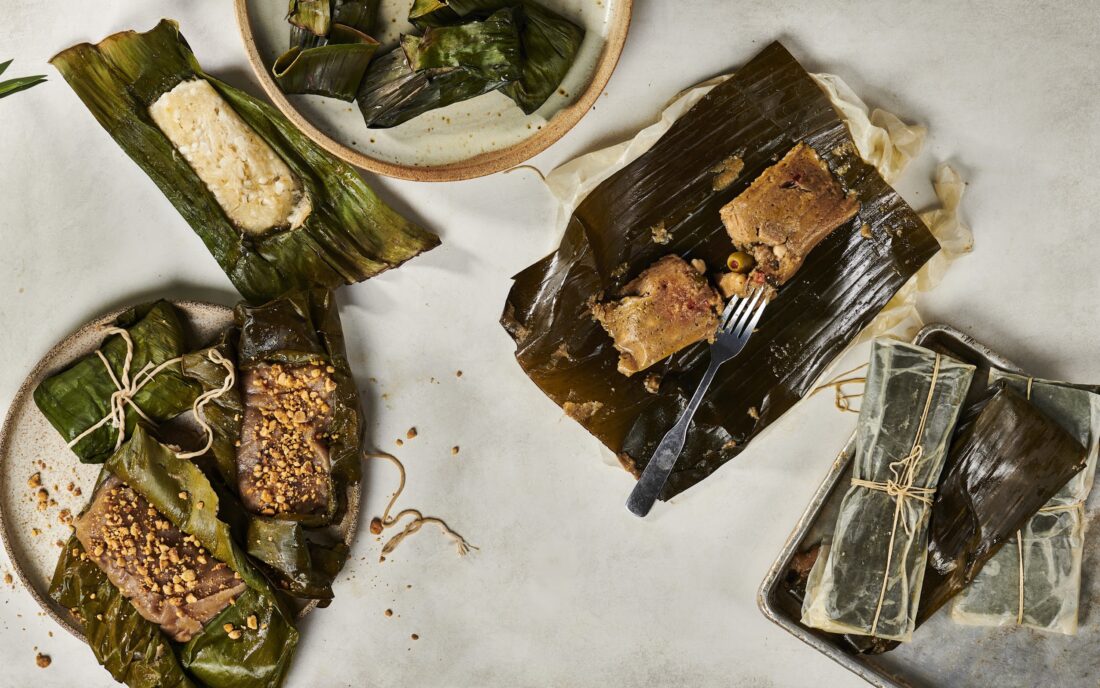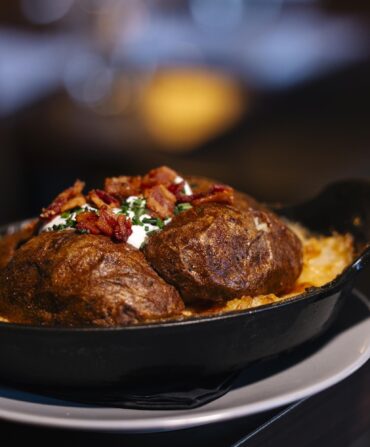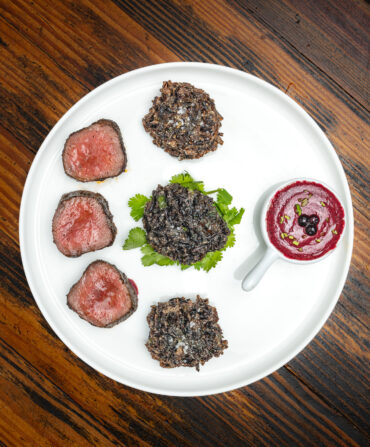The process of making pasteles, a Puerto Rican Christmas staple, is as important as eating them. There are many steps—cooking the meat; preparing the masa; cutting banana leaves, parchment paper, and twine to exactly the right lengths. But making them is a joy, a way to come together with family over the holidays, and every cook has a special touch. Perfect pasteles are the work of abuelitas and tias, grandmas and aunties, who seem to have a preternatural ability when it comes to this dish. This is my grandmother’s recipe, and the smell of boiling pasteles is a time portal into her kitchen. —Von Diaz, Islas: A Celebration of Tropical Cooking
Read our Q&A with Von Diaz here, and join her on a culinary trip across Puerto Rico here.









